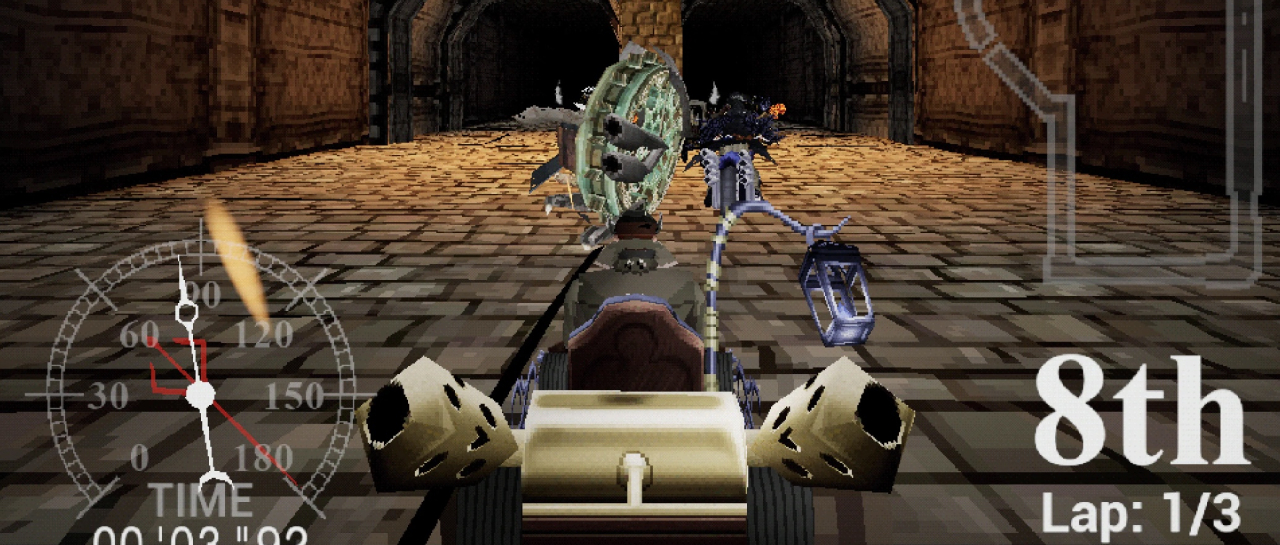Moment — online sellers of video- and photo-related gear like bags, filters, gimbals, drone– and smartphone filters, and even smartphone apps — have added CineBloom Diffusion Filters to their webstore.
Who’s still using filters?
Back in the day when I was still shooting film and in the early days of digital cinema, I never rolled the camera without at least three filters in the matte box. While NDs and Color Conversion filters were a necessity, I often added a touch of diffusion to soften the contrast. Black- and White Pro-Mist, Hollywood FX, and Diffusion were my usual “weapons of choice”.
Nowadays I practically never put filters in front of my lens: It’s too easy and flexible to add gradients, color, or diffusion in postproduction. I hardly even use a polariser, because the dynamic range of modern cameras is so good, that I can pull back the sky and add more blue in grading, plus I don’t get the waxy-skin-effect most polas introduce.
However MOMENTs release of their CineBloom filters caught my eye and I decided to have a closer look.
What is Diffusion?
You can think of diffusion filters of optical “compressors”. The light coming from bright sources — like practicals, sky, or brightly lit surfaces — hits the filter and gets “broken up” by tiny bumps in the filter glass and redistributed to darker areas around the bright core. The contrast of the image overall is reduced and bright parts get a kind of glow around them. This glow can help high-contrast, sharp video to look more film-like.

Moment offers their new CineBloom filters in two different strengths — 10% and 20% and for a variety of filter threads: 37, 58, 62, 67, 72, 77, and 82mm. (Unfortunately they don’t offer square versions for standard 4×4 filter-trays). I also could not find any information to what 10% and 20% actually relates.
Thoughts
MOMENTs filters definitely got me thinking of using in-camera diffusion again. Something I’ll keep in mind for the next projects. Judging from the demo on their website the CineBloom filters seem to be on the strong side. (It does not say anywhere if they were using the 10% or the 20% strength in their promotional video and stills.) For my taste, there is a little too much glow going on there.

Aside from that, I think having only two strengths available seems a bit limiting. Usually, diffusion filters come in at least three or — better yet — five strengths. That allows you to carefully choose different intensities and adjust the strength of the diffusion depending on the focal length. (Usually one wants less diffusion on wider shots and more on close-ups.)
As I mentioned above, much of the effect a diffusion filter has can be recreated digitally in post, but there is a subtle difference in how the light interacts with other parts of the image that feels more organic and pleasing.
Note: Always be careful when using in-camera diffusion. Although you can later compensate for the loss in contrast, if you are so inclined, but you can’t get rid of the glow whatsoever!
Do you use diffusion filters? If so which ones? Are you interested in MOMENTs offering? Let us know in the comments below!












